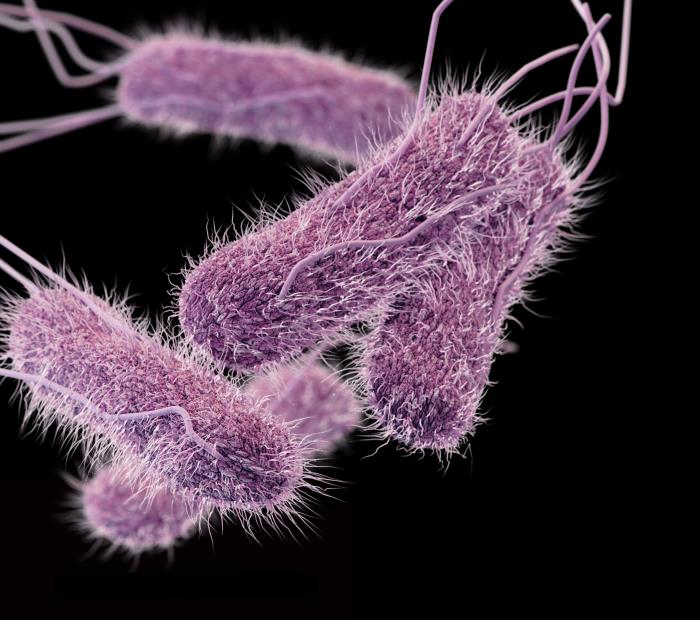Antibiotic resistance in typhoid bacteria was a main topic of concern at the 10th International Conference on Typhoid and Other Invasive Salmonelloses in Kampala, Uganda.

There is an increase in drug resistant typhoid to first line treatments like ciprofloxacin, chloramphenicol and amoxicillin according to researchers.
Resistance is being seen in some places as high as 60-70 percent.
Dr. John Crump, a University of Otago in New Zealand researcher said, “We are approaching a crisis where typhoid will become very difficult to treat, or possibly even impossible to treat.”
The main culprit to the drug resistance is misuse of antibiotics–taking them when not needed, taking them for the wrong reasons and not taking them for the appropriate amount of time.
The Coalition against Typhoid cites studies in Southeast Asia and sub-Saharan Africa that reveal a growing drug resistant strain of typhoid known as H58. Emerging 30 years ago in Asia, H58 cases have grown across Asia and spread to multiple African countries.
Research from the Wellcome Trust illustrates the growth in Malawi, where in 2010 only 7% of typhoid cases were resistant to multiple drugs. In 2014, 97% of typhoid cases resisted treatment from multiple drugs.
According to the Coalition, 33 countries are reporting drug resistant strains of typhoid.
Related:
- Typhoid update: 16 confirmed cases in Auckland, Coleman ‘very unhappy’
- Malaria in Burundi: 2 million cases in first three months
- Portland: Hepatitis A confirmed in Cup & Saucer Cafe employees
- Zika in US pregnant women: About 1 in 10 with confirmed infection had a fetus or baby with birth defects in 2016
- Measles in Nova Scotia: 13 confirmed cases


We are witnessing emerging resistance against CEFTRIAXONE in salmonella TYPHI from Hyderabad and Karachi these ďays. Few years ago there was hardly any resistance seen against it.
Dr Ahmed, Thank you for that comment.
Robert